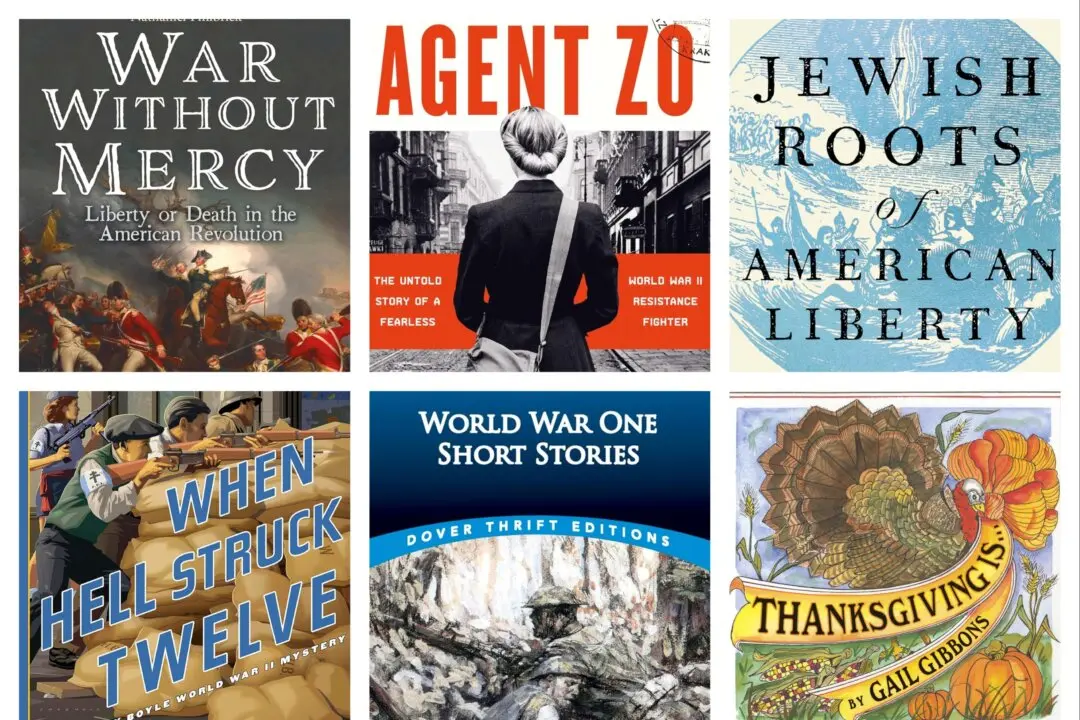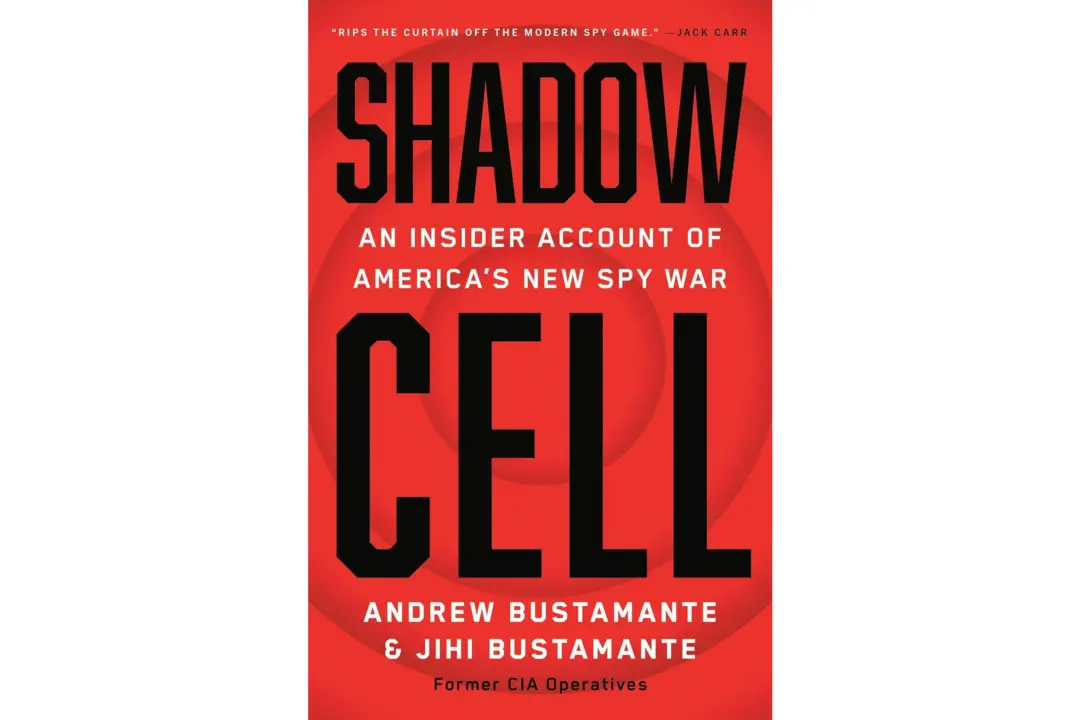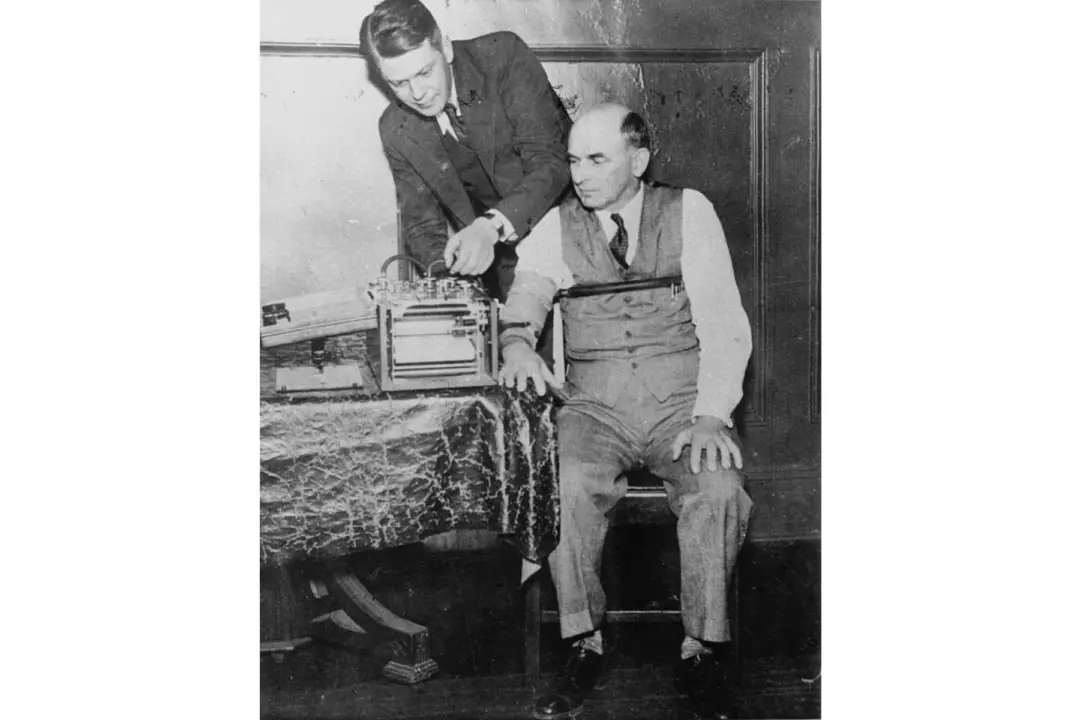America is in a cultural conundrum. The country leads the world economically, politically, and militarily, yet while leading the world, it seems to have left itself behind. According to Timothy Goeglein, the author of “Toward a More Perfect Union: The Moral and Cultural Case for Teaching the Great American Story,” America has abandoned its identity and the very values that initiated that rise to the top. The country is in moral and cultural decay.
Book Review: ‘Toward a More Perfect Union: The Moral and Cultural Case for Teaching the Great American Story’
A book about America’s cultural and moral decay adds nothing new

The most prominent suspect is the education industry as discussed in "Toward a More Perfect Union: The Moral and Cultural Case for Teaching the Great American Story" by Timothy Goeglein. ESB Professional/Shutterstock
|Updated:





